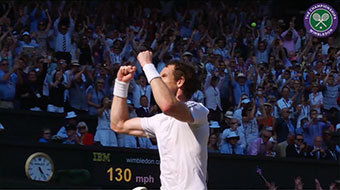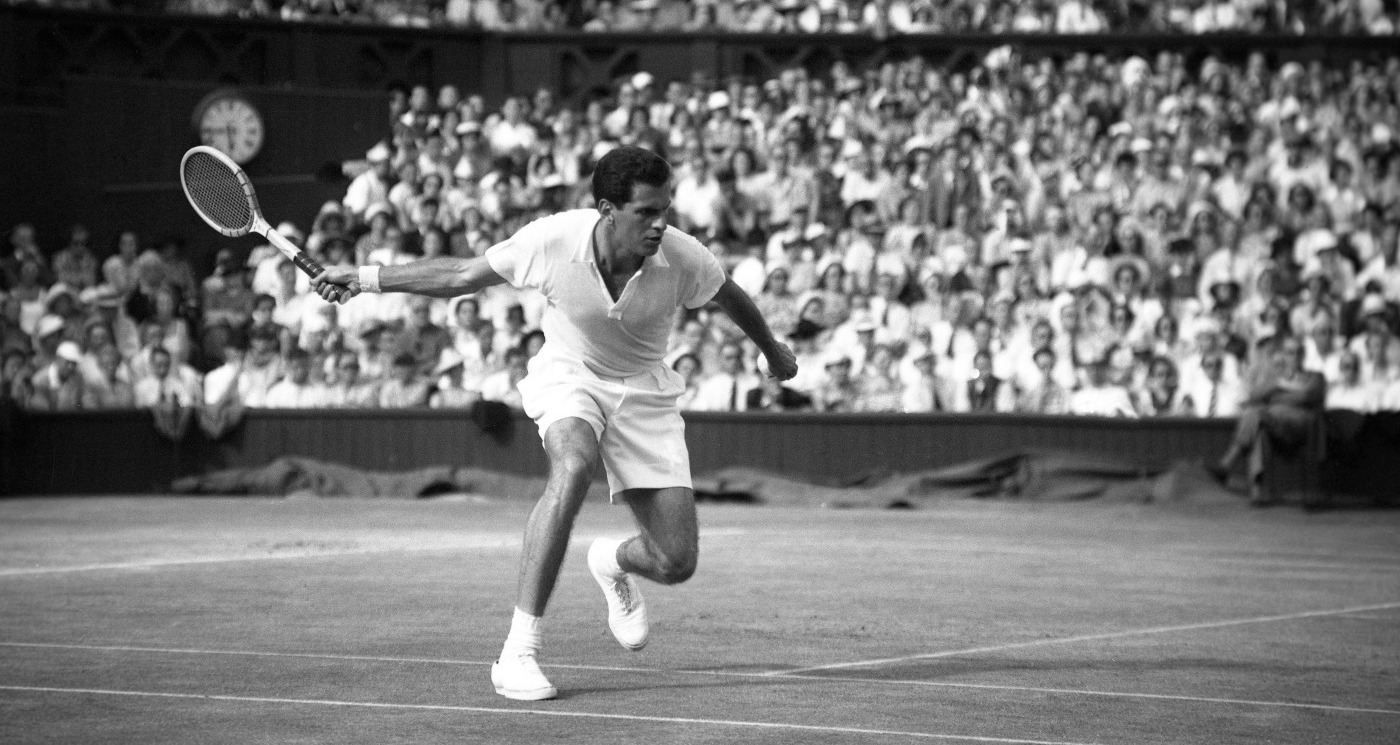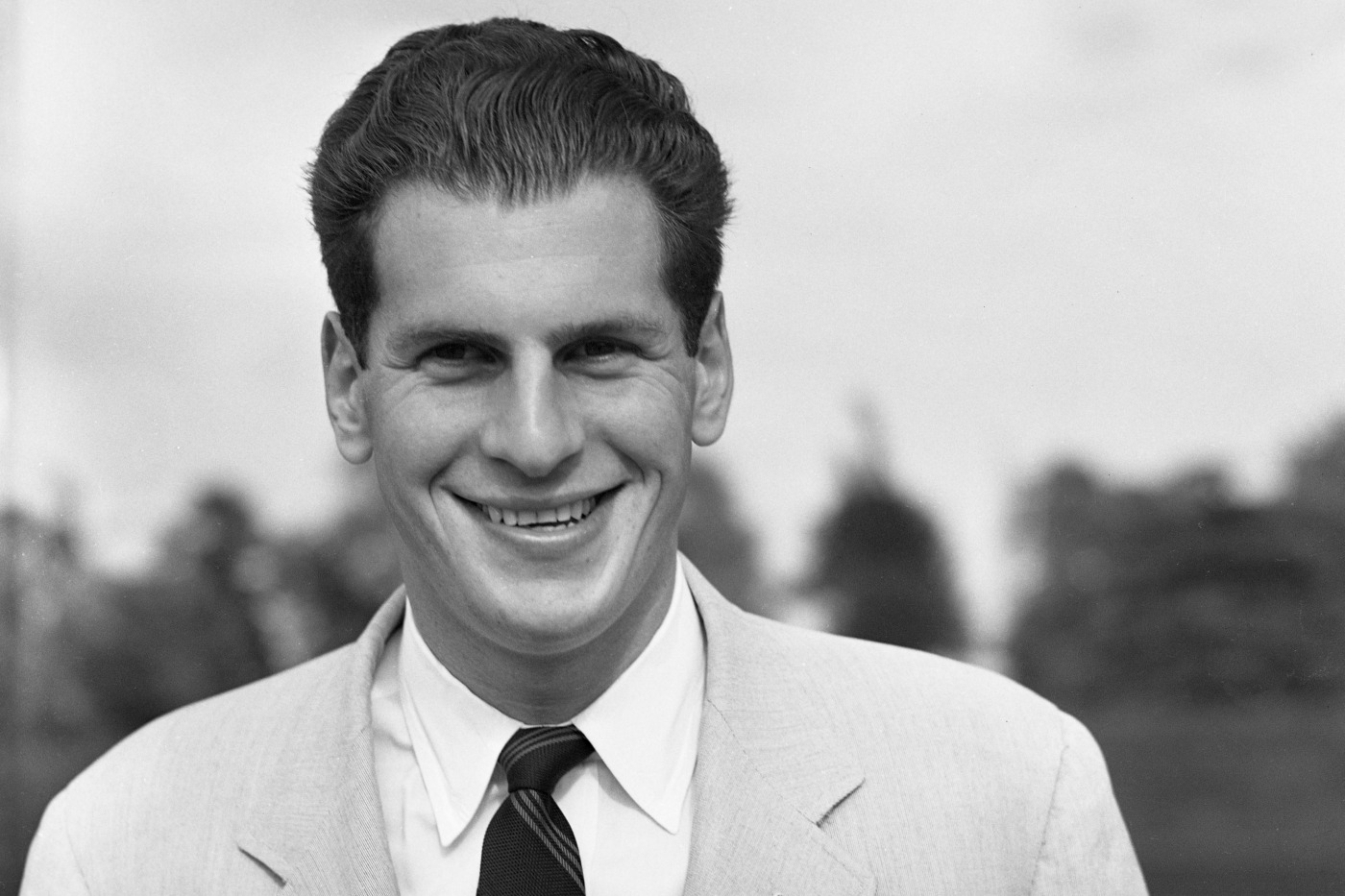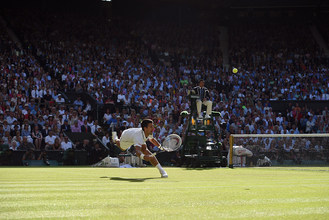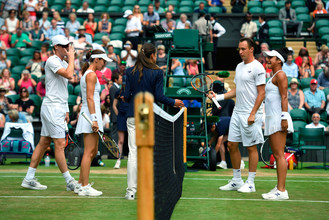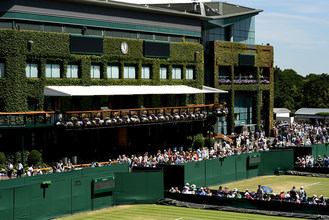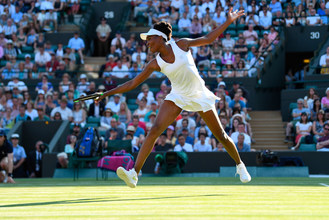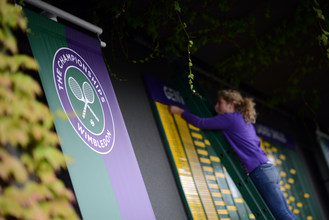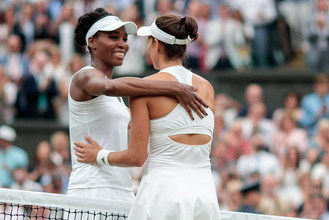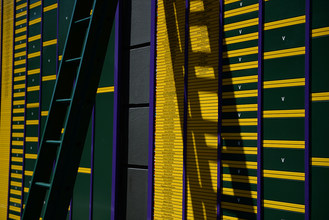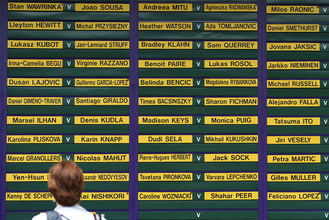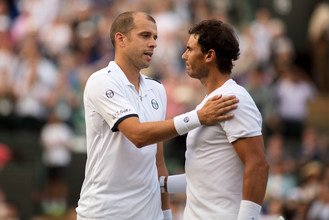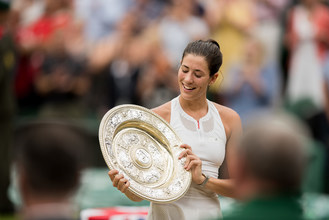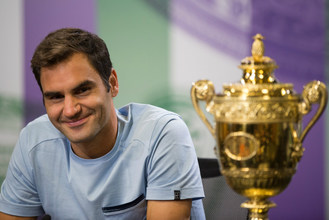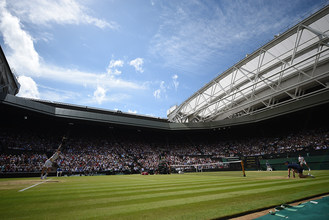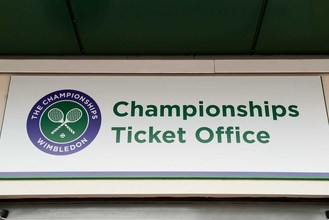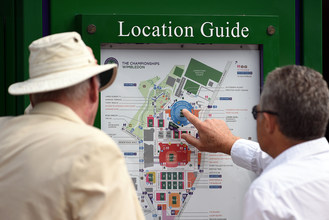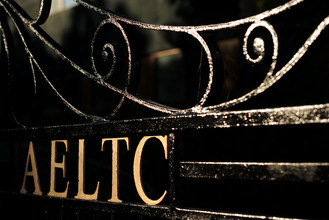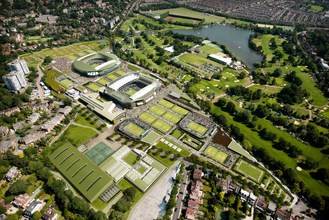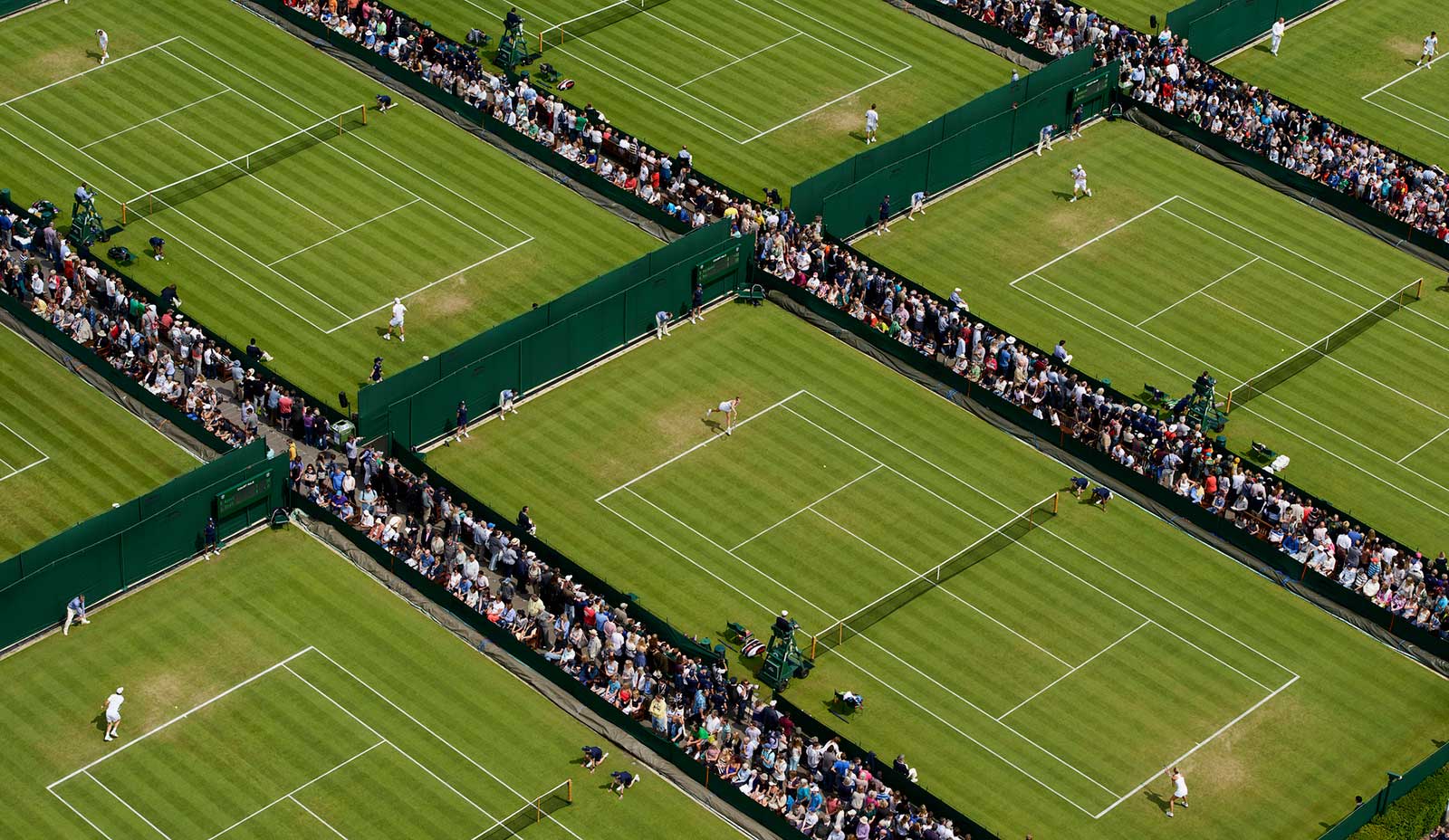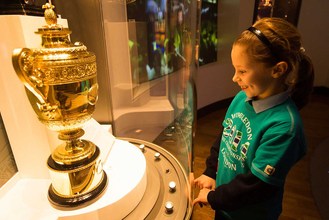Dick Savitt’s career at the highest level was all too brief but the giant American, who celebrates his 90th birthday this week, left an indelible mark on the game. Since Savitt won the Gentlemen’s Singles title on his debut at The Championships in 1951, no other player has matched his feat.
In full flow Savitt was a sight to behold. His sturdy 6ft 3in frame propelled cannonball serves and thunderous smashes and he struck his ground strokes with great power, with his backhand a particularly formidable weapon.
In 1951 he might have become only the second man to complete a pure calendar-year Grand Slam but for his suspect temperament and a stroke of bad luck. However, he never played at another overseas Grand Slam tournament after The Championships of 1952, following which he retired for four years before coming back to play at the US Nationals from 1956 to 1959.
Savitt, who was born and raised in Bayonne, New Jersey, was a late convert to tennis, having originally gone to Cornell University on a basketball scholarship. He turned to tennis, with immediate success, after a knee injury ended his basketball career. Having lost just two of his 59 college tennis matches, Savitt won the state championships of New York and Pennsylvania in the summer of 1950 and then reached the semi-finals at the US Nationals before losing to Art Larsen.
In Sydney four months later Savitt beat John Bromwich, Frank Sedgman and Ken McGregor – who between them amassed 50 Grand Slam trophies – to win the Australian title. He was fancied to do well at Roland Garros too, but if Savitt had a significant flaw it was a tendency to lose his cool under pressure. That was exactly the scenario in Paris, where he lost in the quarter-finals to the eventual champion, Jaroslav Drobny, despite winning the first two sets.
Savitt’s volatility was also evident in a doubles match in London just days before The Championships when he smashed his racket in anger, which was a rare sight in those times. At The Championships, nevertheless, he generally managed to keep his cool, although he was involved in one heated confrontation with officials over a disputed line call in his third-round victory over Kurt Nielsen.
Seeded No.6 in 1951, Savitt benefited from a number of surprising defeats suffered by the leading men. Sedgman, the top seed, went down to Herb Flam in the quarter-finals, Budge Patty, the defending champion, lost in the second round to Ham Richardson and Drobny was beaten in the third by Tony Mottram.
After straight-sets wins in his first two rounds Savitt was taken the distance by Nielsen before winning 6-4, 1-6, 6-3, 8-10, 6-4. Two more straight-sets victories, over Jozsef Asboth and Larsen, took him into a semi-final against Flam, another of the emerging generation of talented Americans.
Flam raced into a 6-1, 5-1 lead, at which point Savitt was said to have become angered when he saw his opponent apparently laughing at the ease with which he was winning. This time Savitt channelled his emotions to good effect, fighting back to win 1-6, 15-13, 6-3, 6-2.
McGregor, the No.7 seed, was Savitt’s opponent in the final, as he had been in Sydney. The Australian had also taken advantage of the draw opening up, with Eric Sturgess and Lennart Bergelin, seeded No 8 and No 10 respectively, his biggest obstacles before the final.
The championship match was a brutally one-sided affair, with Savitt winning 6-4, 6-4, 6-4 in just 61 minutes. “His superiority was so great most of the time that the tension which normally grips a Wimbledon final was almost totally missing,” the Associated Press reported.
McGregor had break points when Savitt served at 5-4 in each of the first two sets, but the American held firm on both occasions. Savitt led 5-1 in the third set before McGregor made a last stand.
Serving for the match at 5-2, Savitt double-faulted on break point. The Centre Court crowd’s subsequent applause seemed to irk the American, who promptly lost the next game but recovered his poise to serve out for victory at the second time of asking.
McGregor, who went on to win the Australian title the following year, had some consolation the next day when he won the gentlemen’s doubles alongside Sedgman. Indeed McGregor and Sedgman did a doubles calendar-year Grand Slam that year, a feat which no men’s pair have matched before or since.
Savitt was the top seed at the US Nationals later in the summer but lost in the semi-finals to Vic Seixas when troubled by an infected leg. How different tennis history might have been but for Savitt’s troubles in Paris and New York that year.
At what proved to be his farewell to The Championships the following summer Savitt lost to Mervyn Rose in five sets in the quarter-finals. In October 1952 he announced his retirement in order to concentrate on a business career, firstly in oil and then in securities.
Although no longer devoting himself full-time to tennis, Savitt continued to play at a decent level through the 1950s and early 1960s, winning the US indoor title three times. In 1981 he joined forces with his son, Robert, to win the US Father and Son doubles title, and he continued playing socially into his eighties.

